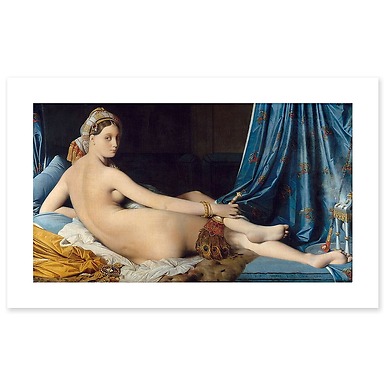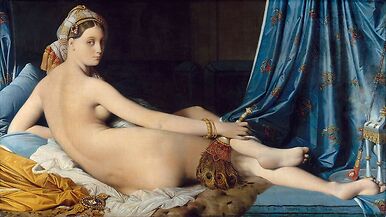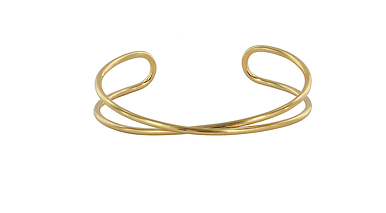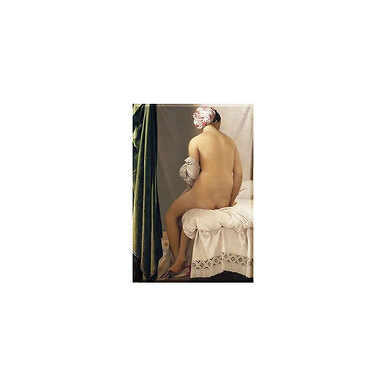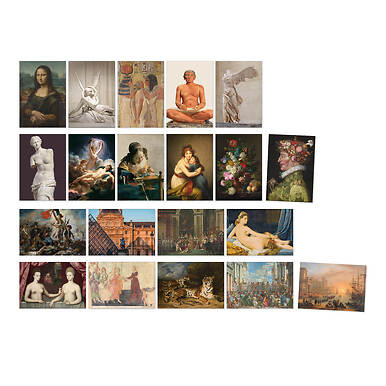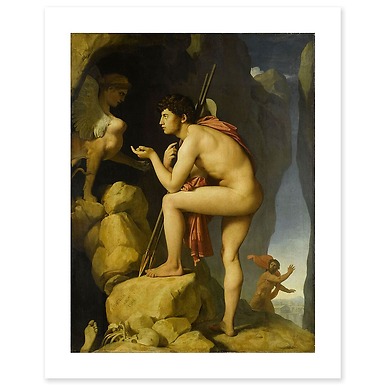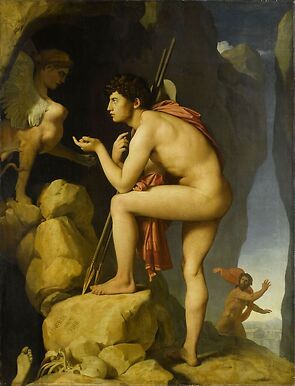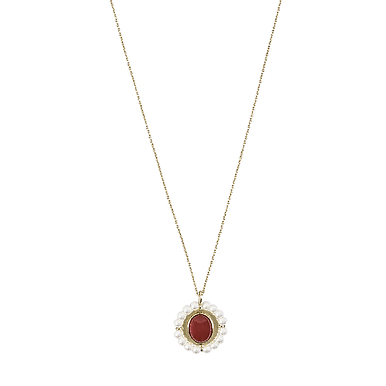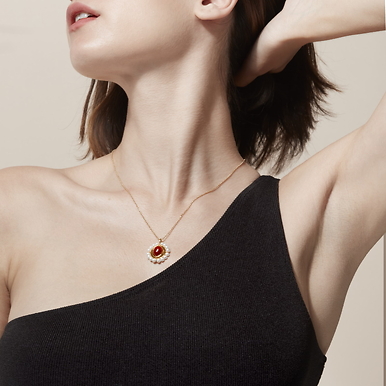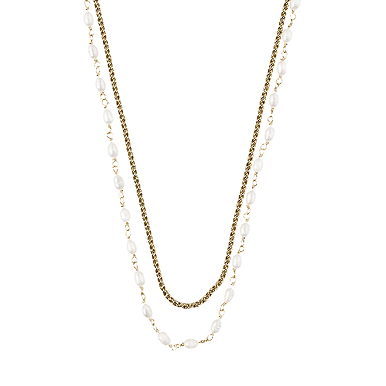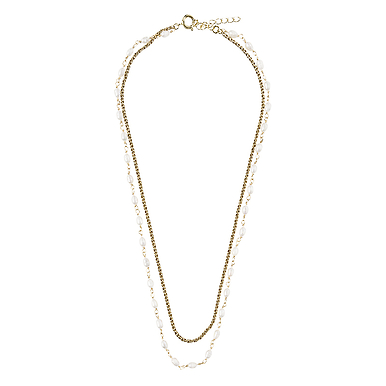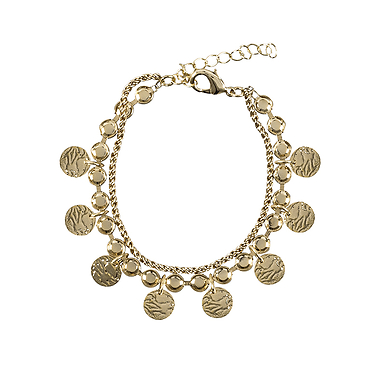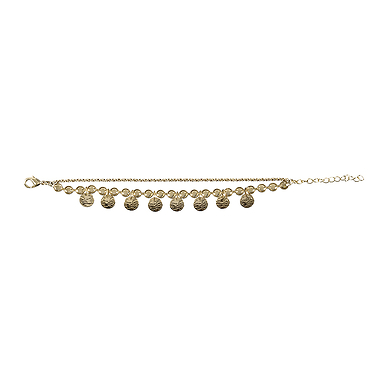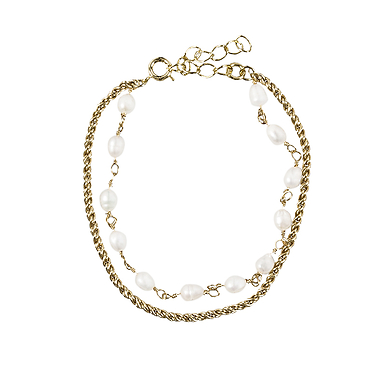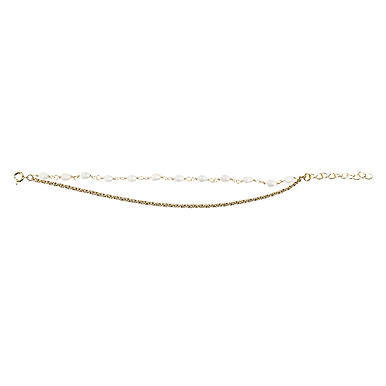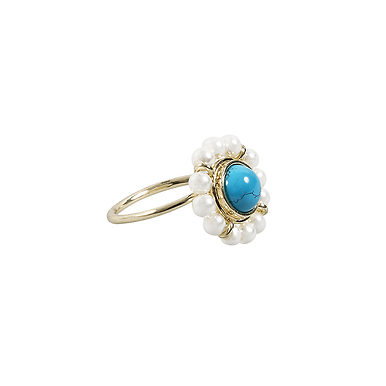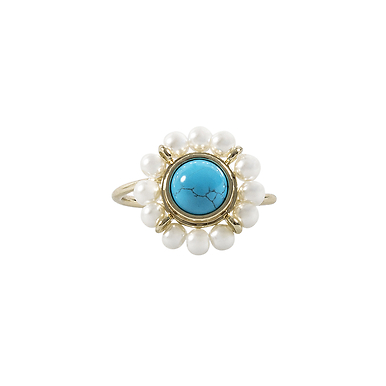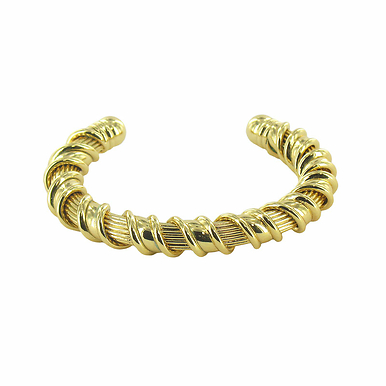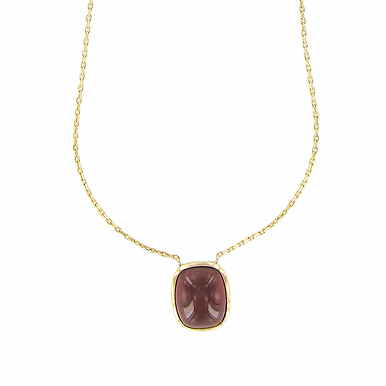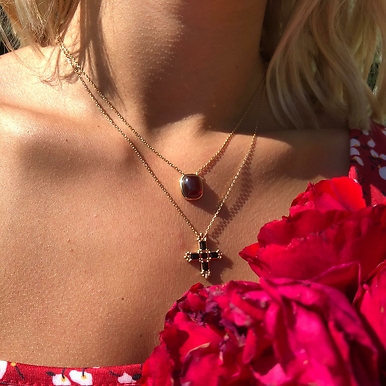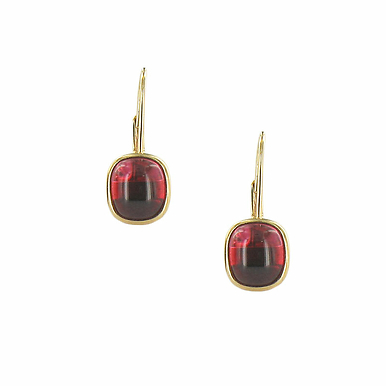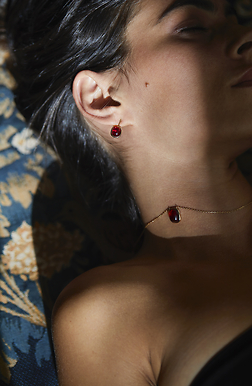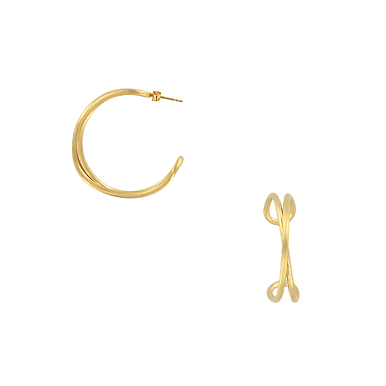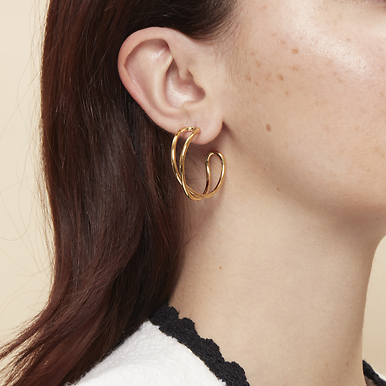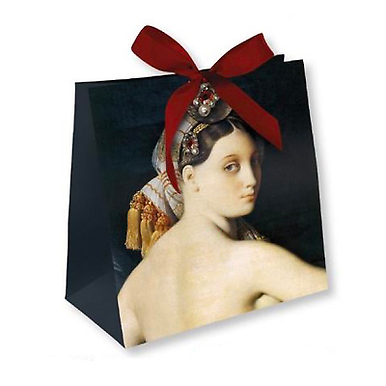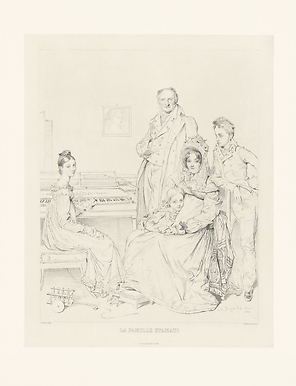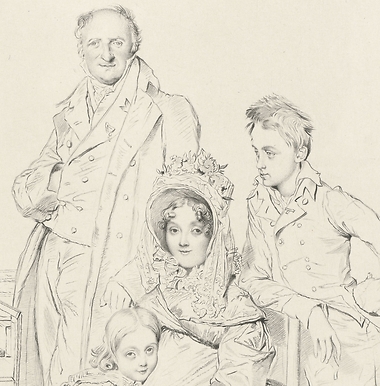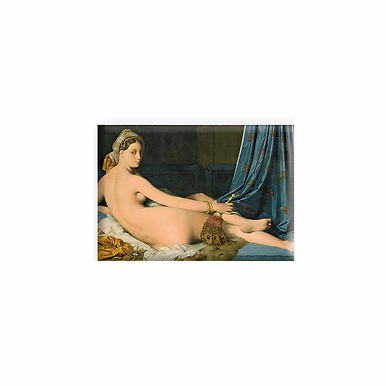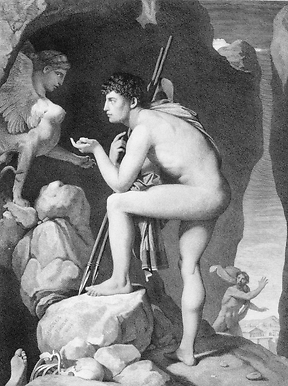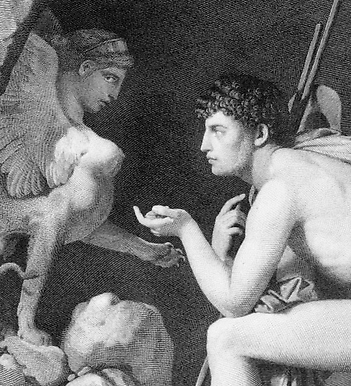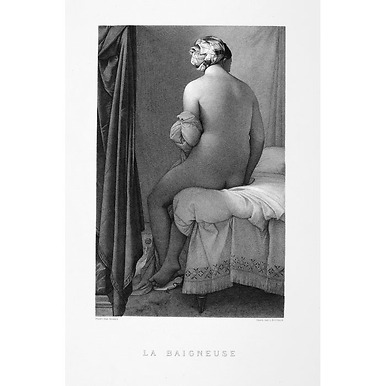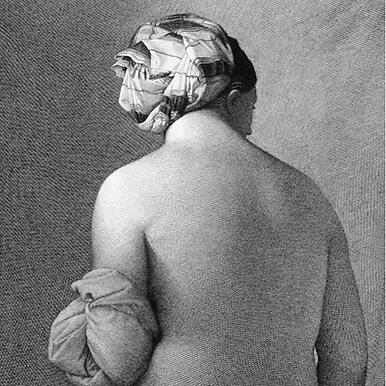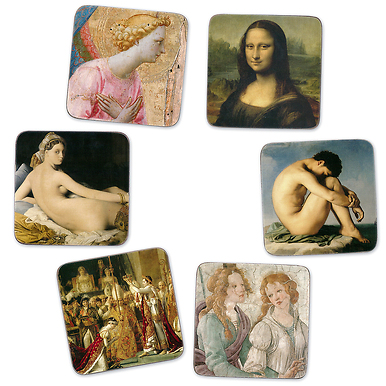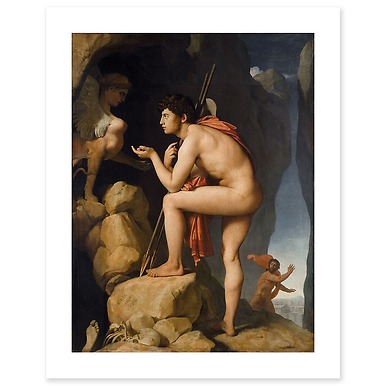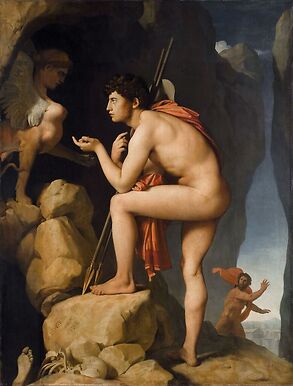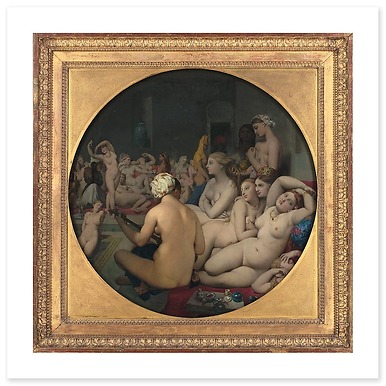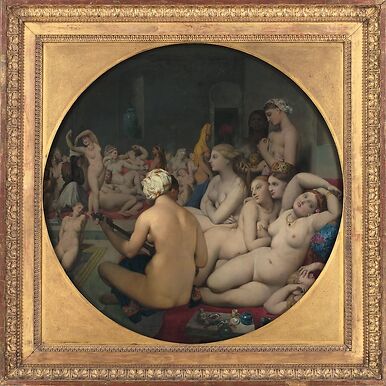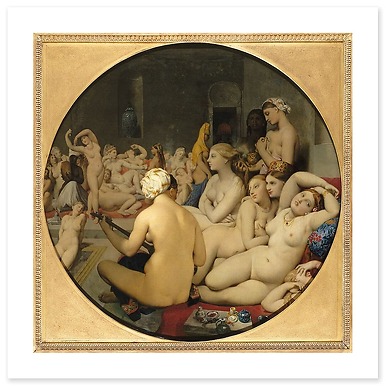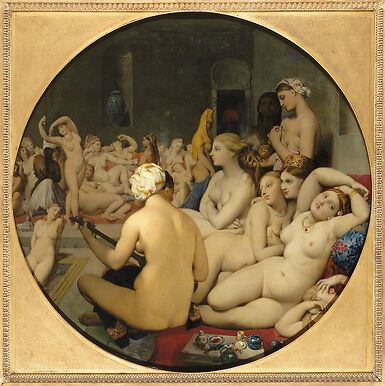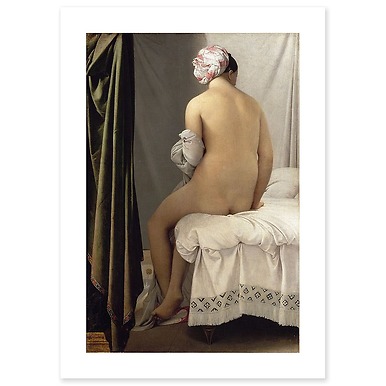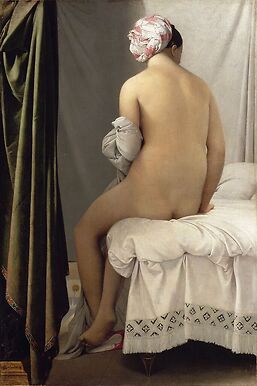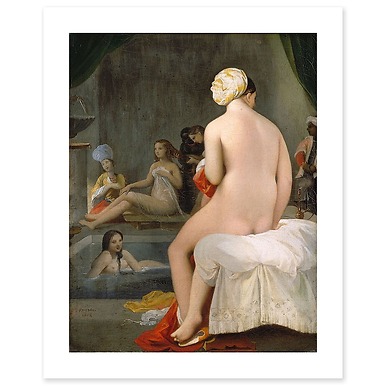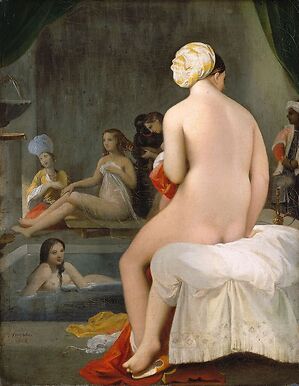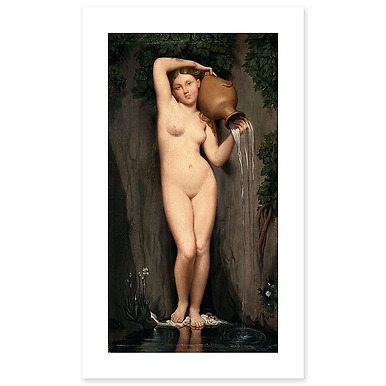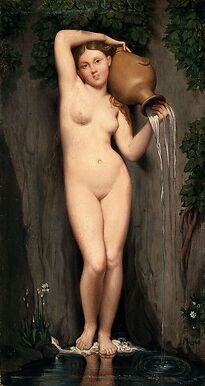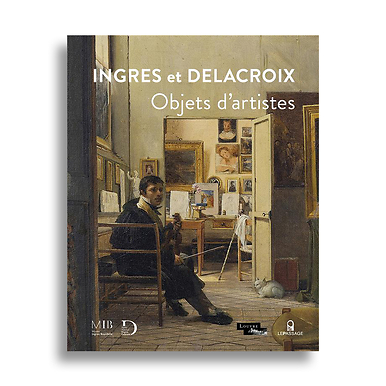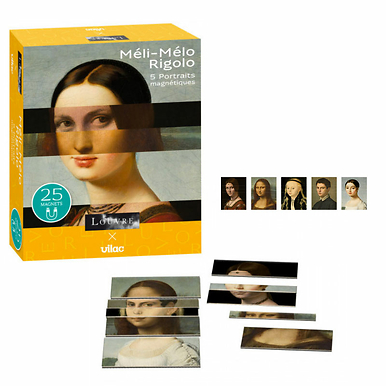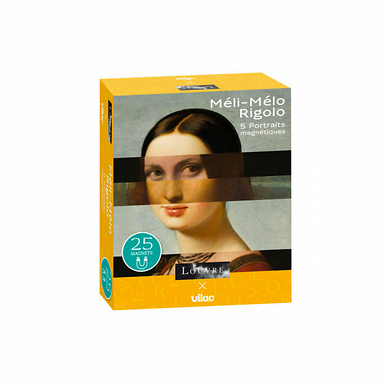Jean-Auguste Dominique Ingres
1780-1867His artistic talents
With a father who was a sculptor, ornamental artist and miniaturist, Ingres grew up in an environment conducive to the development of his artistic talents. He began his studies at the Royal Academy of Fine Arts in Toulouse, and trained with painter Jacques-Louis David. He introduced him to the Neoclassical movement, which would offer lifelong inspiration. While his painting The Ambassadors of Agamemnon in the tent of Achilles gained him the Prix de Rome in 1801, his works drew widespread criticism in Paris. It wasn't until 1824 that his talent as an artist was recognised in France, thanks to his painting The Vow of Louis XIII. A teacher at the Ecole des Beaux-Arts, Ingres also devoted the latter part of his career to major commissions. One of his final works, The Turkish Bath (1862), is exhibited at the Musée du Louvre.
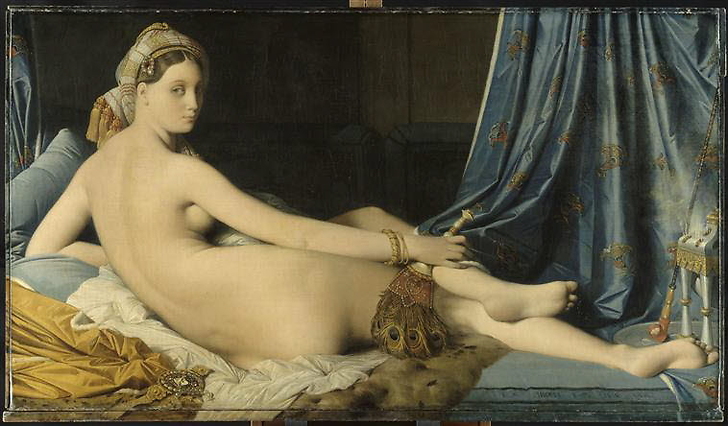
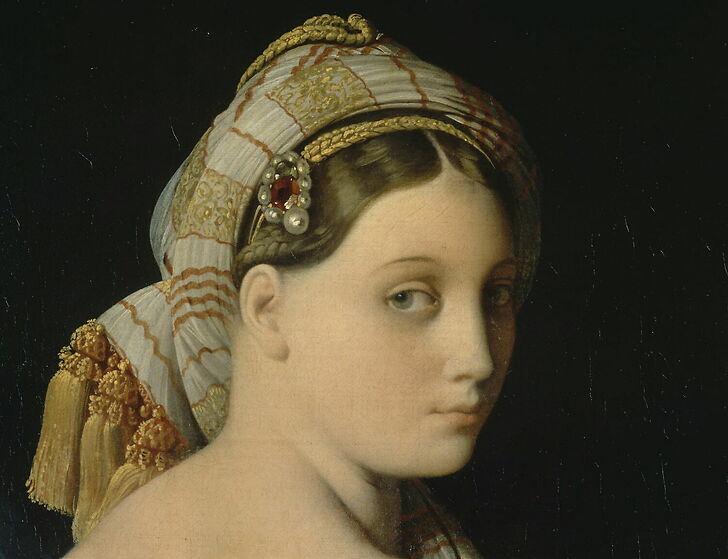
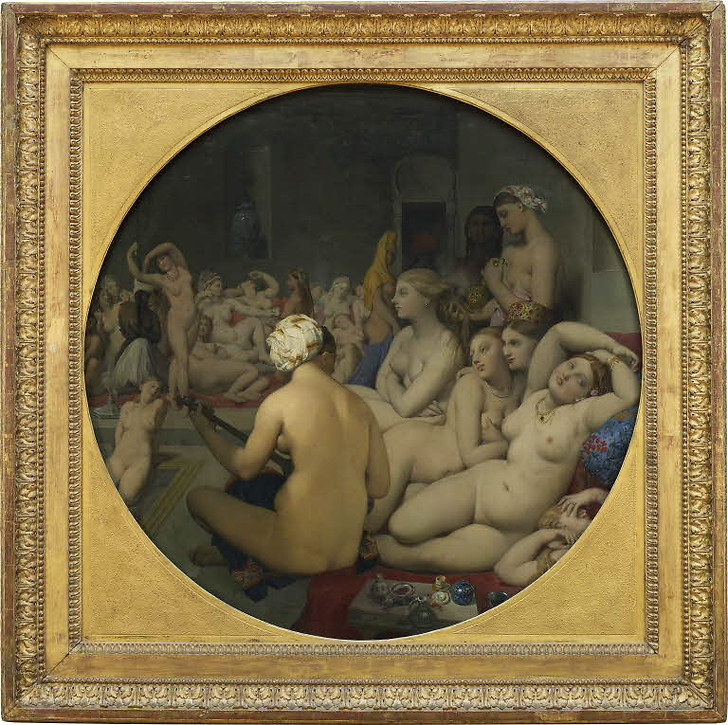
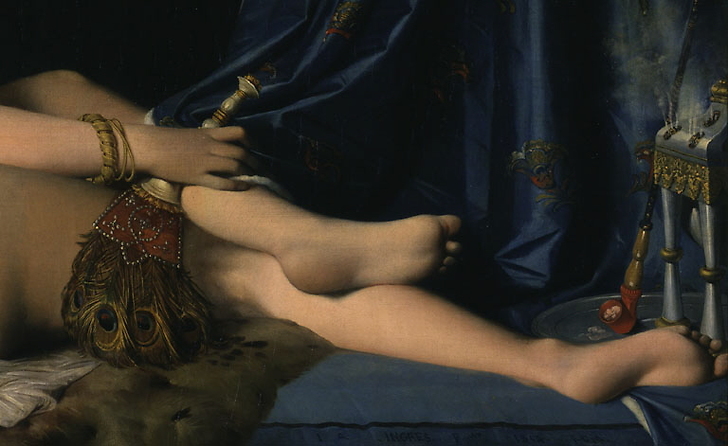
the Grande Odalisque
Even though her back is turned, the languid and slightly mocking eyes of the Grande Odalisque by Jean-Auguste-Dominique Ingres gaze directly at the viewer. When he produced this painting in 1814, commissioned by Caroline Murat, sister of Napoleon I, the French painter was inspired by such odalisques, the Turkish term for a chambermaid serving the sultan's harem. Echoing the Orientalism that inspired many painters at the time, Ingres depicts her completely naked, wearing only her jewellery, a turban and a fan of peacock feathers. If this portrait fascinates and intrigues, it is also because the woman has a particularly long back (she has three extra vertebrae) and an unnatural pose, especially around her legs. This was a choice made by the painter, who preferred to paint in his own style rather than obeying anatomical reality.
Did you know ?
His competition with Delacroix earned him a shirt. According to an anecdote reported in the New York Times in 1893. At a dinner party, Ingres, irritated by the sight of his rival, firmly shouted "Drawing is honor!" before spilling his coffee on his immaculate shirt.

